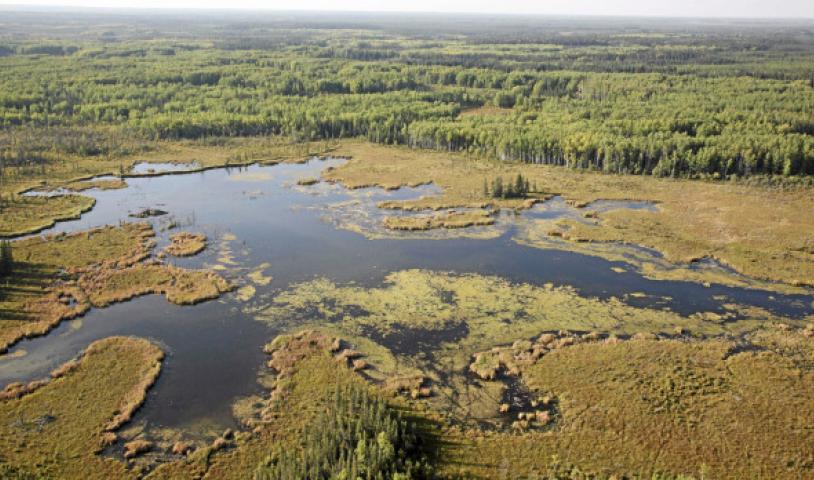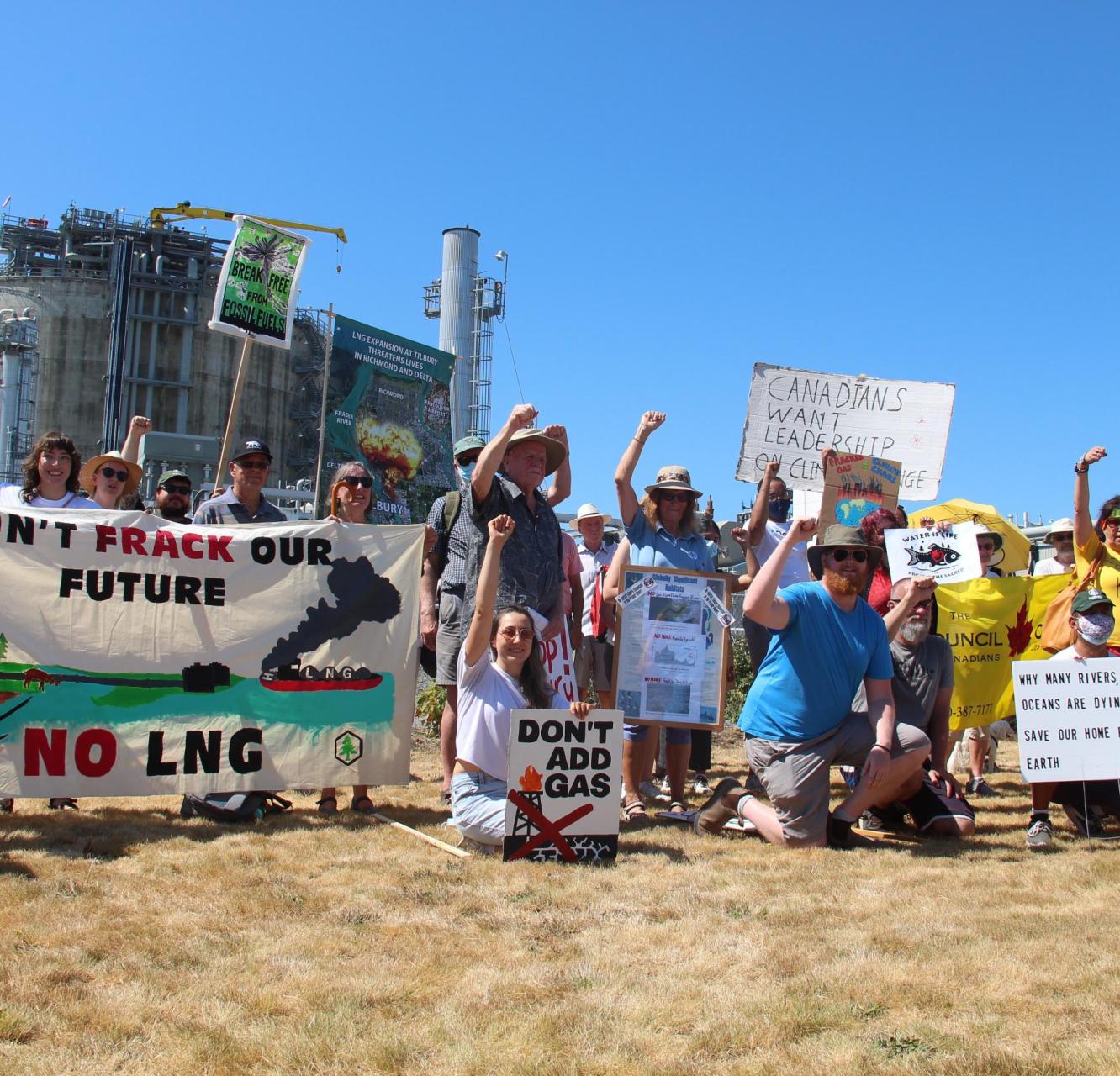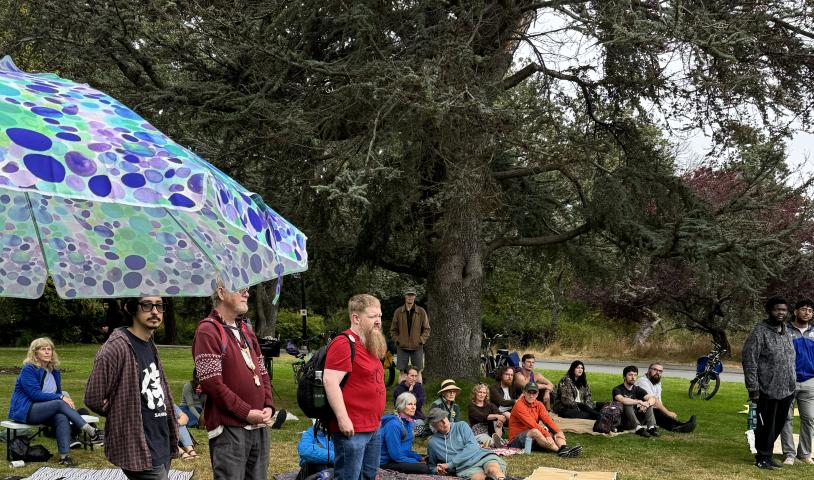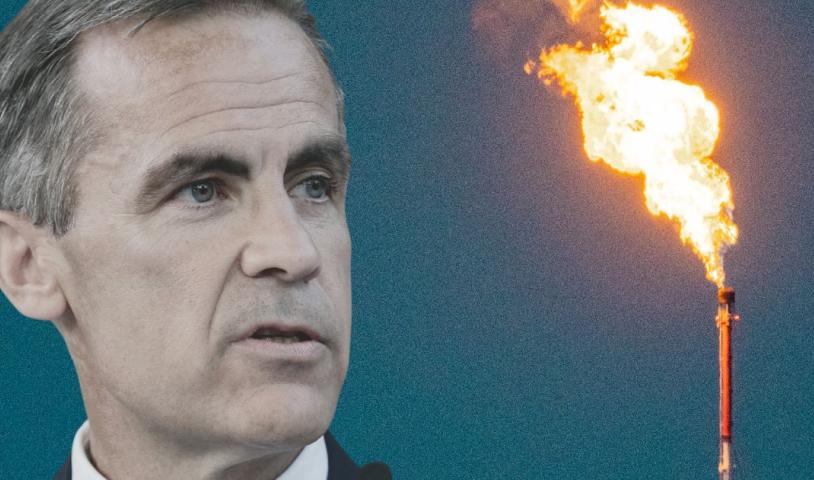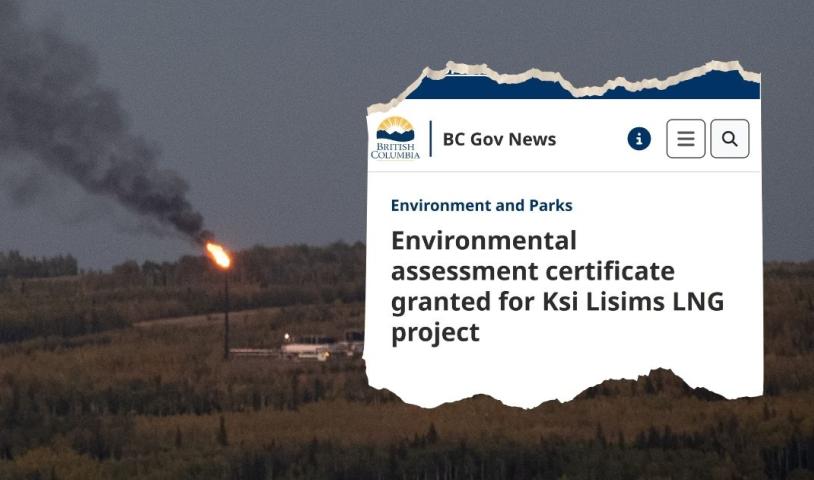The Doig River band, population 249, has declared they are establishing a 90,000 hectare “tribal park” spanning their traditional territory in northeast British Columbia and northwest Alberta.
K’ih tsaa?dze as the park is called (it means “old spruce” in the Dane-za language) crosses the provincial boundary in an area that is rich in both petroleum and forest resources. But the Doig say it is also a place to hunt, fish and go for spiritual renewal – and they have drawn a clear line around what is important to them.
A tribal park might not exist legally, but as the Tla-o-qui-aht showed in 1984 when they established one in Clayoquot Sound, they can have a reality all their own. That park was to protect Meares Island from logging and 27 years later it is still doing just that. The island sits just off Tofino, where its old growth forest provides a stunning backdrop for a small town that thrives on tourism.
It may be awhile before tourism develops in K’ih tsaa?dze, 75 kilometres northeast of Fort St. John, but judging from what Herb Hammond says, it has got the potential – if oil, gas and logging developments are controlled.
Mr. Hammond, of Silva Ecosystem Consultants Ltd., was hired by the band to draft a management plan for the park. He is an expert on boreal forest ecosystems. And he says what he saw in K’ih tsaa?dze amazed him.
“I have seen few forests – period – that are as biologically diverse and rich as this,” he said.
“I’ve worked in the boreal forest in every province across this country in the past 15 years and I’ve spent time in the boreal in Russia and have dipped into Finland. My eyes have seen a lot of forest.
“Good healthy ecosystems are hard to compare. They are all unique and they are all amazing in their own way, but the structural diversity in the landscape in K’ih tsaa?dze . . .is pretty amazing,” he said.
Before going into the area, Mr. Hammond met with elders who told him about groves of giant old spruce that they feel hold spiritual powers.
“I was wondering what I’d find, and we came across these big white spruce and big trembling aspen. . . .there is old growth in there that has never been burned,” he said.
“It’s quite a stunning ecosystem. What blew me away most in these forests was that it was like a wildlife hotel. It hits you in the face – the amount of animal use is so prolific.”
But while there are large pristine areas within the park boundaries, there are also places where the logging and the booming oil and gas industries have left scars.
“Logging is what it is, but the only word I can use to describe the road building by the oil and gas industry is disgusting,” said Mr. Hammond. He said exploration roads are simply being ripped across the landscape, causing erosion problems and degrading water quality.
“There is uncontrolled resource exploitation going on,” he said, and that goes a long way to explaining why the Doig River band has established K’ih tsaa?dze Park. They don’t want to bring all development to a stand still – but they want to be able to protect the traditional lands where they have hunted, fished and trapped for thousands of years.
There is usually very little development allowed in provincial or national parks, but first nations in B.C. have been using a different model for tribal parks. For example, the Tla-o-qui-aht, which after setting aside Meares Island also established parks around Kennedy Lake, ban mining and logging, but allow eco-tourism and run-of-river power generation.
Chief Norman Davis couldn’t be reached for an interview, and the Doig River band hasn’t yet indicated what type of activity might be allowed in K’ih tsaa?dze. But whatever does take place in the land that has never burned will be closely monitored – and resource industries should not assume it is business as usual.
